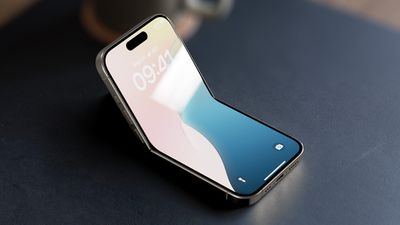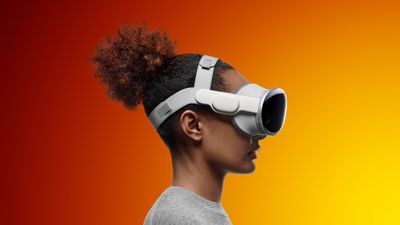Apple today seeded the second release candidate versions of upcoming iOS 18.2, iPadOS 18.2, and macOS 15.2 updates to developers and public beta testers for testing purposes, a week after releasing the first RCs. The first iOS 18.2 RC had a build number of 22C150, while the second RC's build number is 22C151. Release candidates represent the final version of beta software that's expected to see a public release should no notable bugs be found.

Alongside the release candidate versions of the iPhone, iPad, and Mac operating system updates, Apple has also seeded new visionOS 2.2, tvOS 18.2, and HomePod Software 18.2 RCs.
With iOS 18.2 and its sister updates, Apple is continuing to test the next phase of Apple Intelligence, with several new features available for iOS, iPadOS, and macOS.
Image Playground
Image Playground is Apple's image generation app, and it can create images based on prompts. You can enter a description of what you want or use the built-in suggestions and concepts that Apple provides. Apple will suggest costumes, locations, items, and more to add to an image, and these concepts are intelligent and can draw inspiration from a Messages thread or content in the Notes app.
There are options to create characters that resemble your friends and family, and you can choose a photo for Image Playground to use as inspiration to create a related image. Elements added to Image Playground creations are previewed, and there is a preview history so you can undo a change and go back to a prior version.
While Image Playground is a standalone app, it is also integrated into Messages. Image Playground does not make photorealistic images and is instead limited to animation or illustration styles.
Image Wand
Image Wand is an Image Playground-related feature that's available in the Notes app. You can draw a rough sketch with the Apple Pencil or circle a blank space or a key phrase in a note to have Image Wand generate an appropriate image.
Genmoji
Genmoji are custom emoji characters that you can create based on descriptions and phrases. Like Image Playground creations, you can base them on your friends and family, with the data pulled from the People album in Photos. You can also make characters using basic elements, and you'll get multiple Genmoji suggestions to choose from. You can create Genmoji using the emoji keyboard.
Siri ChatGPT Integration
Siri can integrate with ChatGPT for certain requests, but only with user approval. If Siri is unable to provide an answer to a query, Siri will hand the request over to ChatGPT. ChatGPT's answer will then be provided by Siri.
ChatGPT can be used to create content from scratch, including text and images. No account is required to use ChatGPT integration, and Apple and OpenAI do not store requests.
Visual Intelligence
iPhone 16 users have access to Visual Intelligence, a feature that provides information about what's around you. If you open the camera and point it at a restaurant, for example, you'll see opening hours and reviews.
Some other Visual Intelligence capabilities include reading text out loud, detecting phone numbers and addresses to add them to Contacts, copying text, and summarizing text. There is an option to search Google for where to buy a specific item that you see, and you can also point the camera at something and then get more information about it from ChatGPT.
Apple plans to expand this feature to include more functionality over time.
Writing Tools
Apple is enhancing the Writing Tools feature to add an option to make more open-ended changes. In iOS 18.1 and its sister updates, Writing Tools can only be used to change the tone to friendly, professional, and a more simplified version. In iOS 18.2, you can describe the tone or content change that you want to make, such as adding more action words, or turning an email into a poem.
More Languages
Apple Intelligence has gained support for localized English in Australia, Canada, New Zealand, South Africa, Ireland, and the U.K., in addition to U.S. English.
Wait List
If you've already been testing Apple Intelligence and are opted in, you will have access to Writing Tools, ChatGPT integration, and Visual Intelligence automatically.
There is a secondary waiting list for early access to use Genmoji, Image Playground, and Image Wand. You can sign up to get access in Image Playground or in the areas where you access Genmoji or Image Wand.
When you request access, you are added to a wait list for all three capabilities and you'll get a notification when the features are available for you to use. Apple is rolling out access to the new image generation features over the coming weeks.
Availability and Compatibility
The iOS 18.2, iPadOS 18.2, and macOS Sequoia 15.2 are available on all devices, but the Apple Intelligence features require a device capable of Apple Intelligence. Apple is still working on refining the new Apple Intelligence tools, and the company warns that Genmoji, Image Wand, and Image Playground can sometimes give you results you weren't expecting. Apple is collecting feedback on these experiences and will refine them over time.
Apple Intelligence requires an iPhone 15 Pro or any iPhone 16 model, an iPad with an M-series chip or an A17 Pro chip, or a Mac with an M-series chip.
Release Date
Apple is expected to release the iOS 18.2, iPadOS 18.2, macOS Sequoia 15.2, watchOS 11.2, tvOS 18.2, and visionOS 2.2 updates later this week.


 Note: MacRumors is an affiliate partner with Amazon. When you click a link and make a purchase, we may receive a small payment, which helps us keep the site running.
Note: MacRumors is an affiliate partner with Amazon. When you click a link and make a purchase, we may receive a small payment, which helps us keep the site running.
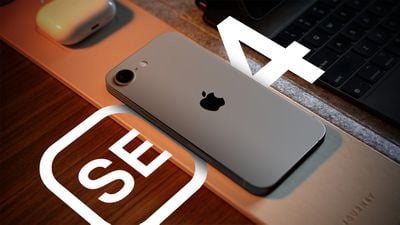
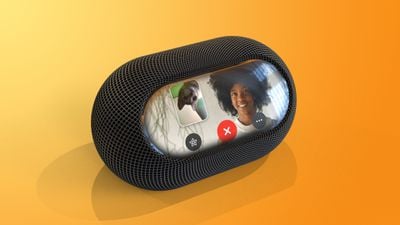
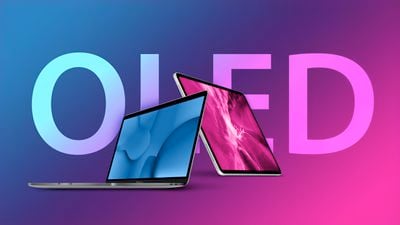

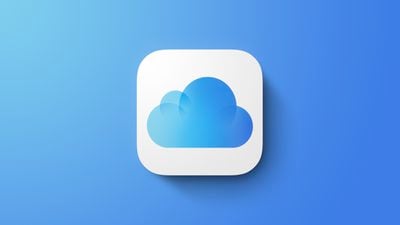


 Note: MacRumors is an affiliate partner with Woot. When you click a link and make a purchase, we may receive a small payment, which helps us keep the site running.
Note: MacRumors is an affiliate partner with Woot. When you click a link and make a purchase, we may receive a small payment, which helps us keep the site running.

 Note: MacRumors is an affiliate partner with Amazon. When you click a link and make a purchase, we may receive a small payment, which helps us keep the site running.
Note: MacRumors is an affiliate partner with Amazon. When you click a link and make a purchase, we may receive a small payment, which helps us keep the site running.
